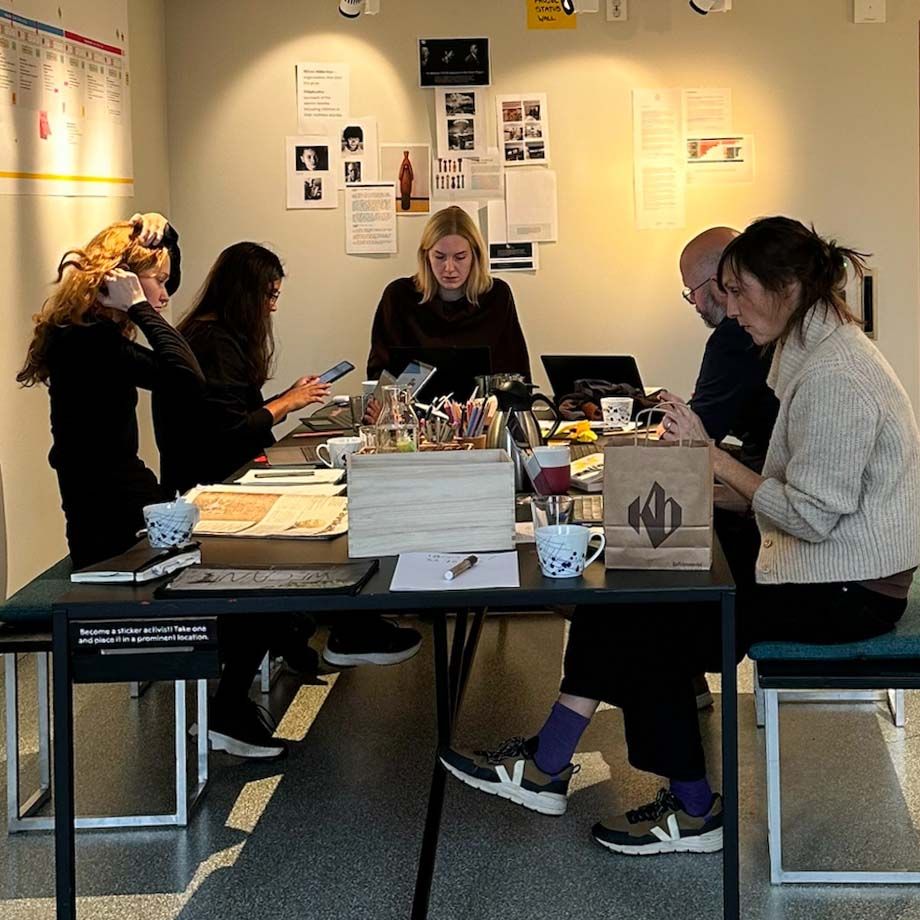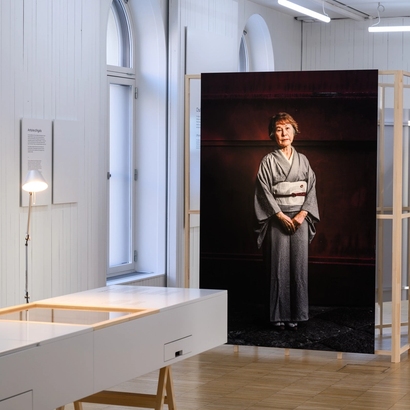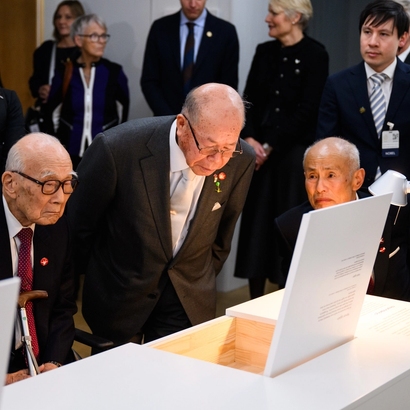The making of a Peace Prize exhibition
It's Friday, October 11, and it's almost 11 a.m. The Mandela room at the Nobel Peace Center is packed with eager, expectant people. As the Chair of the Norwegian Nobel Committee, Jørgen Watne Frydnes, steps out of the large brown door at the Nobel Institute, the room falls silent.
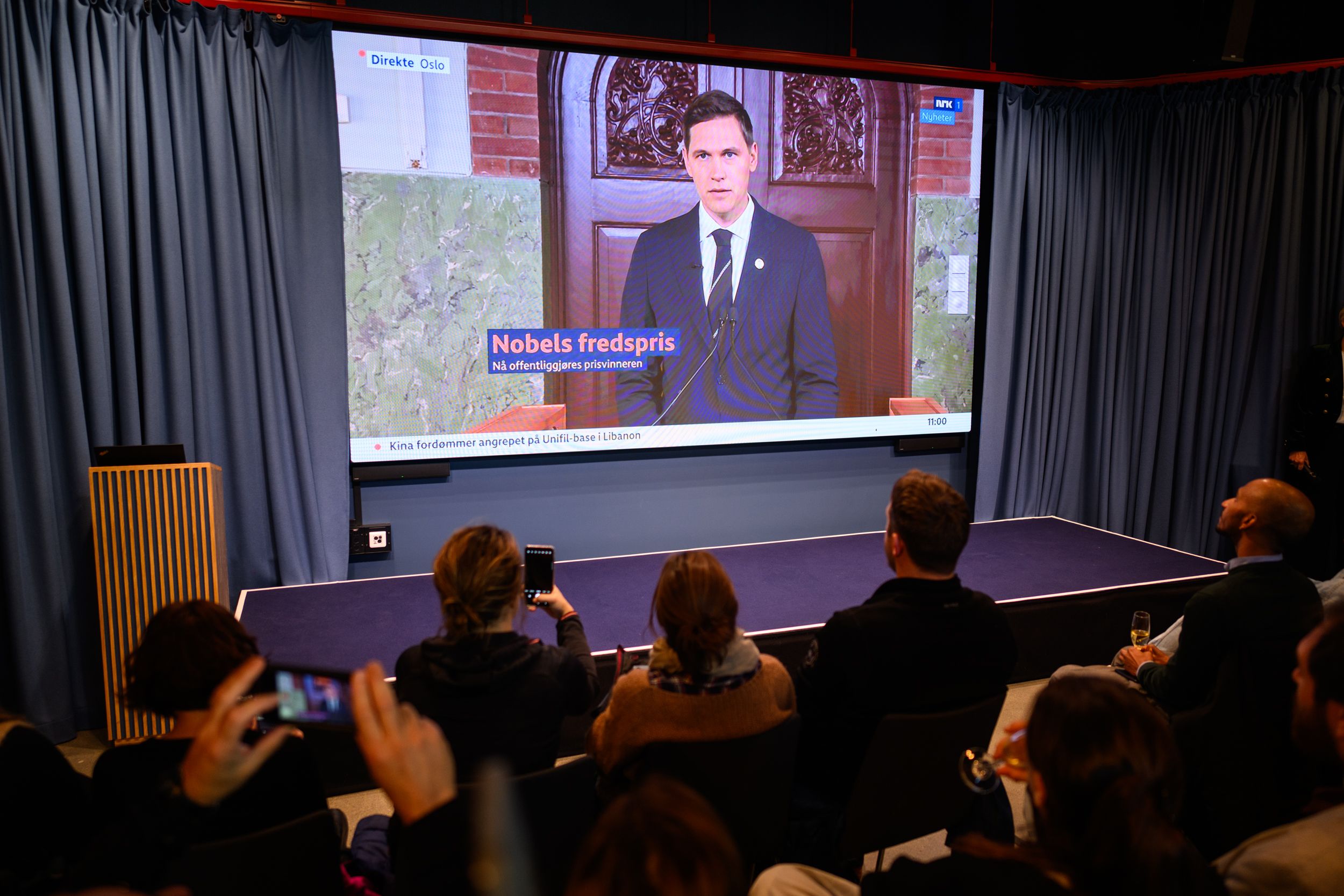
Since the Nobel Peace Center’s opening in 2005, the center has created a special exhibition every year about the Nobel Peace Prize laureate. From the announcement of the winner to the opening of the exhibition, there are just eight intense weeks to work. The Norwegian Nobel Committee is excellent at keeping secrets, which means there is little we can do to prepare for the winner and the theme before the official announcement. Over the next few minutes, we will find out who and what we will be working on for the next few weeks, and what our exhibition will be about.
This year’s Nobel Peace Prize laureate is an organization made up of survivors of the atomic bombings of Hiroshima and Nagasaki, known as Hibakusha. They are awarded for their efforts toward a world free of nuclear weapons, and for bearing witness to the horrors of the atomic bomb, urging that such weapons must never be used again. Inside the Nobel Peace Center, the surprise is palpable. The applause erupts, and minutes later, the exhibition team gathers to begin working.
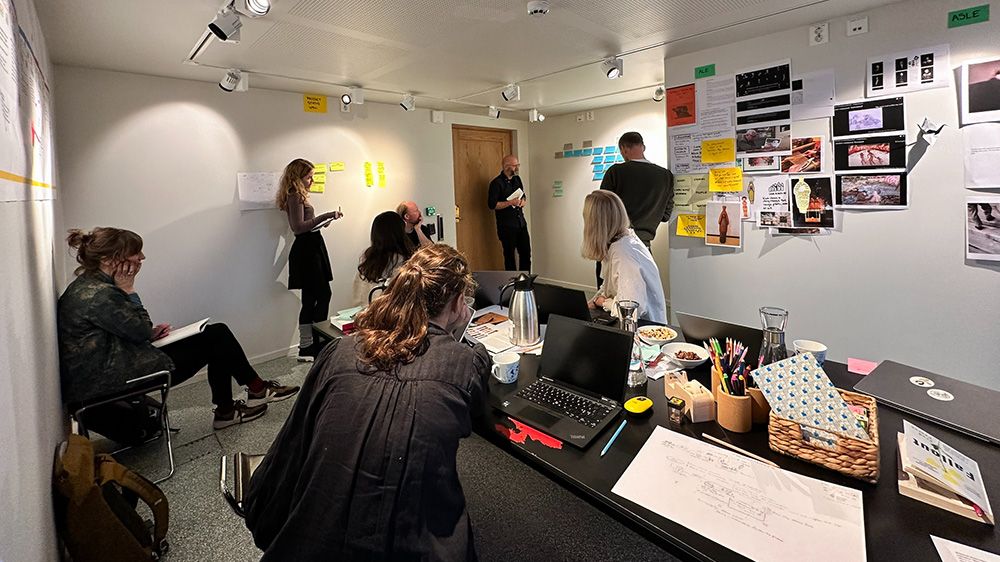
Our team consists of nine people with different skills, experiences, and areas of responsibility. We have a project manager and a project coordinator, a curator responsible for photography, a designer/architect, a writer, someone working with communication, an educator developing school programs, and two interns.
The team works in the Peace Center’s new Popup Studio. Normally, small exhibitions are shown here, but now the space will transform into a creative laboratory where the 2024 Peace Prize exhibition will take shape.
The first weeks are all about research: Who is Nihon Hidankyo? What is their message? How do we convey this? How do we make the theme relevant for the public? What do we want visitors to experience when they come to see the exhibition?
We meet with experts on nuclear weapons, disarmament, and Japanese history, who provide valuable input and advice.
The team’s minds are buzzing. The walls of the room fill with ideas, colors, thoughts, images, and content. One member of the team has found a photographer who has taken dignified portraits of the Hibakusha. Another has found an anime comic book used in Japan to illustrate the bombing and its aftermath. Others have discovered short stories and books that are important sources of information and could be exciting for visitors to see. Someone else has an idea for an object that could help tell a story.
One key question on everyone’s mind is how to balance text and images. The theme is so important—how can we engage people who might find text on a museum wall boring, while still catering to those who want to learn a lot? Creativity is flowing, and there is no shortage of ideas.
Now, the challenge is to collect everything and sift through it. This is how the concept starts to take shape. Once that’s done, we can move forward. The next step is creating the flow of the room. What do we want visitors to experience first? What emotions do we want to evoke in the audience, and how do we tell the story of the Hibakusha through the space?
On December 11, the day after the Nobel ceremony in Oslo City Hall, representatives from Nihon Hidankyo will visit the Nobel Peace Center to open the exhibition about themselves. This will be a nerve-wracking and solemn day. Will the laureates like the exhibition we've created about them? How will they feel about seeing their own storytold at the Nobel Peace Center?
Each year, the Nobel Peace Center creates an exhibition about the new Peace Prize laureate.It’s an exciting, comprehensive, and honorable task—and one of the most important things we do. We want the message of the Peace Prize laureate to reach as many people as possible. We hope that visitors will not only gain new knowledge but also be inspired to make a difference in the world.
The new Nobel Peace Prize exhibition opens to the public on December 12.
Related
Share:

